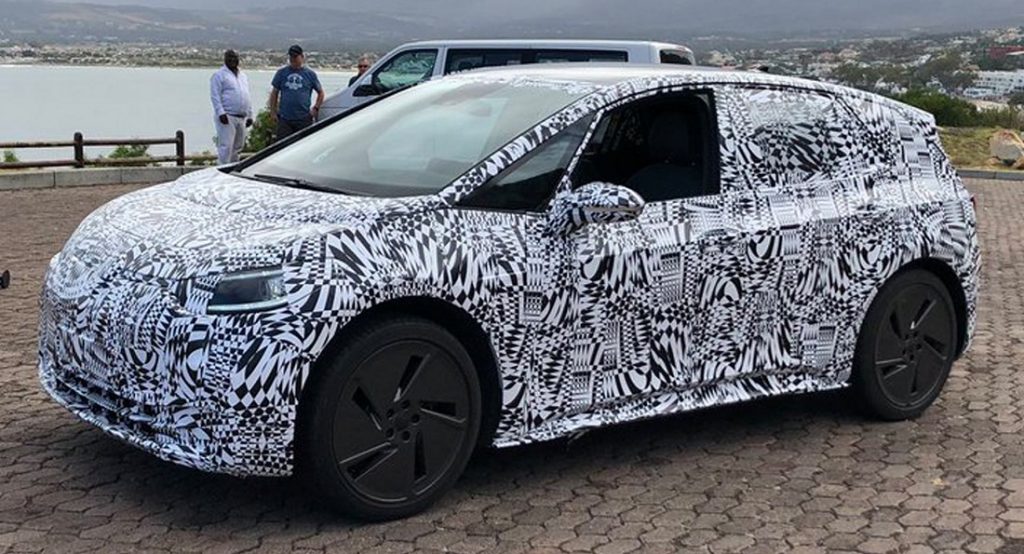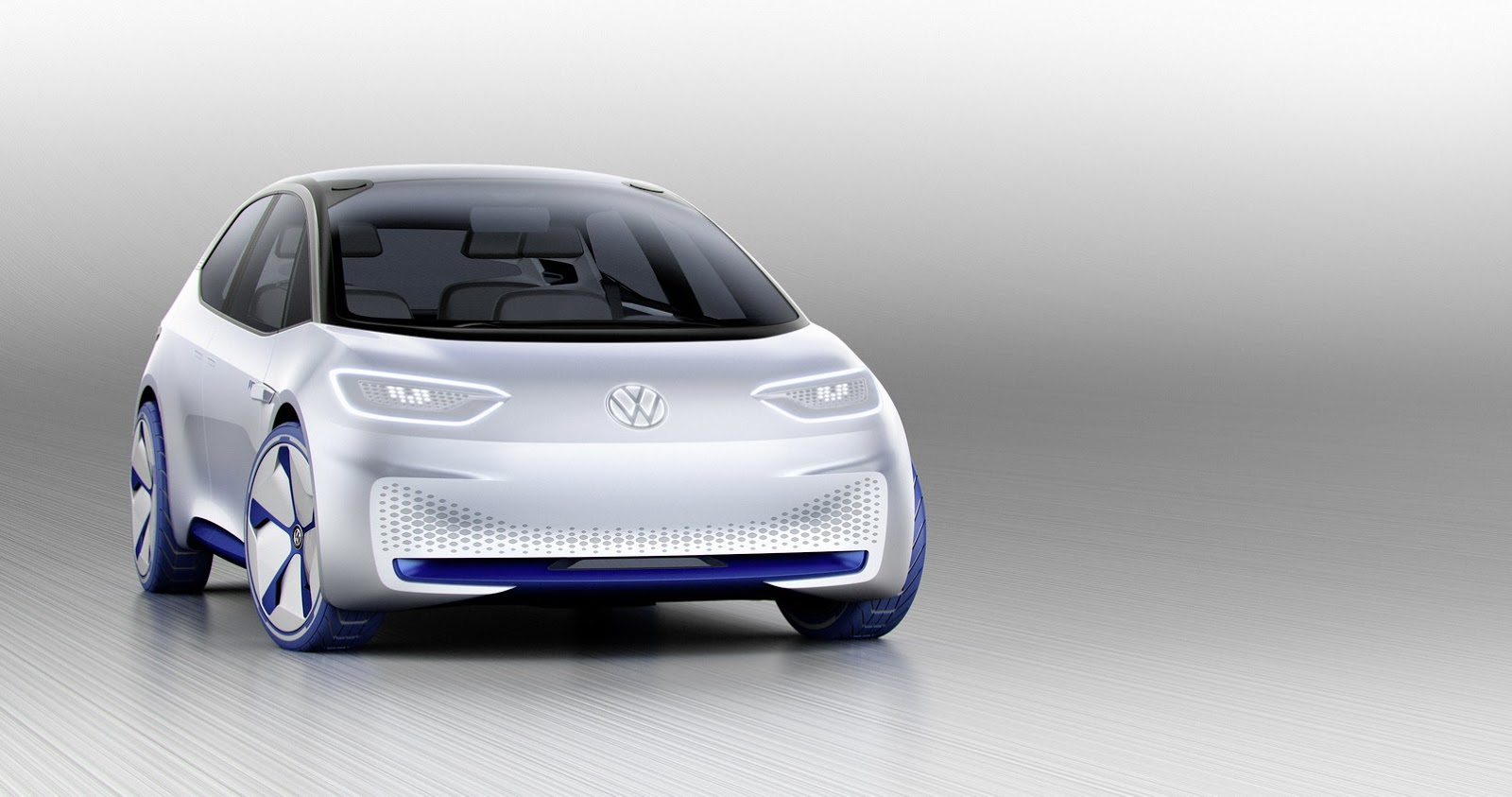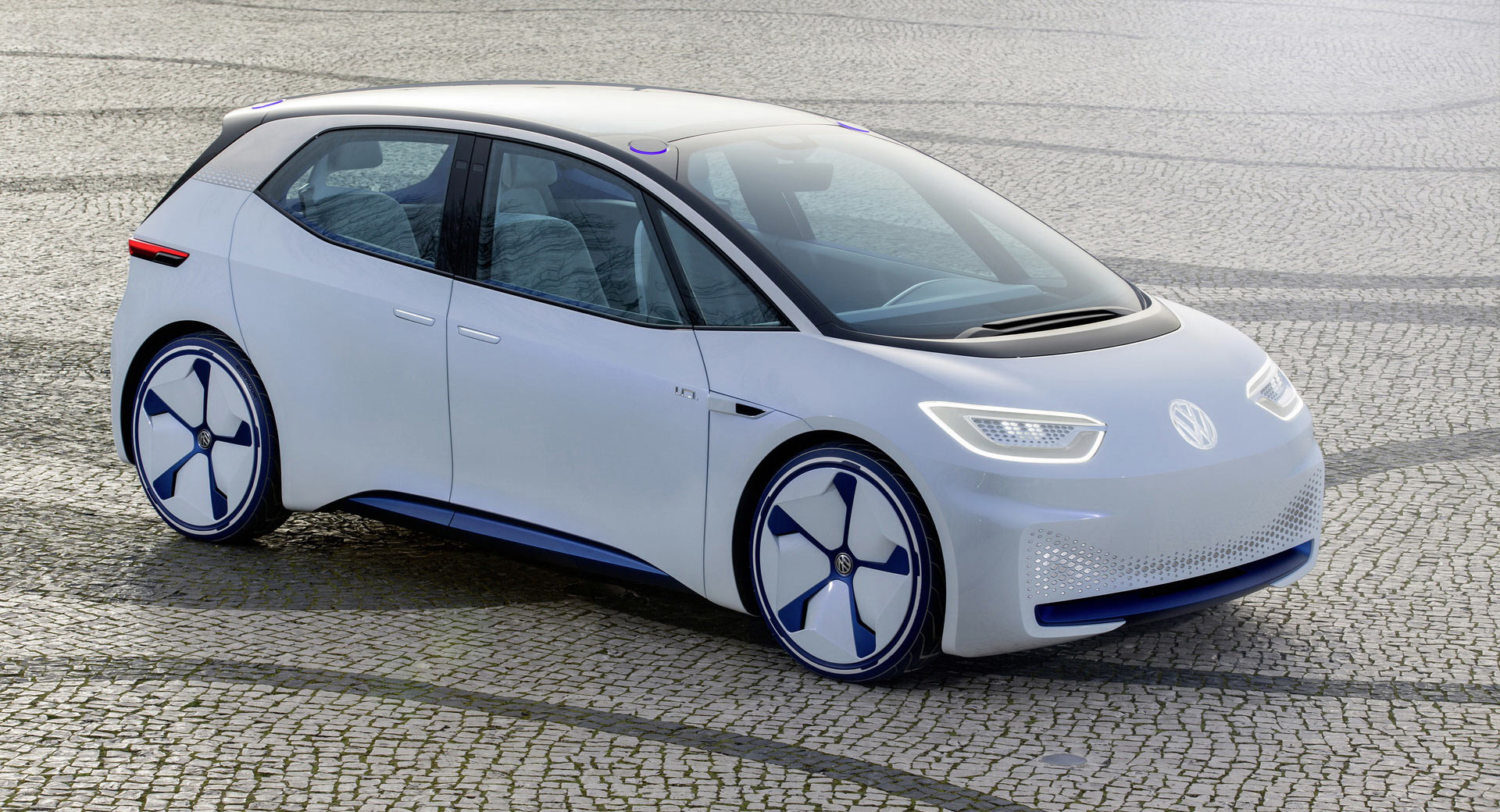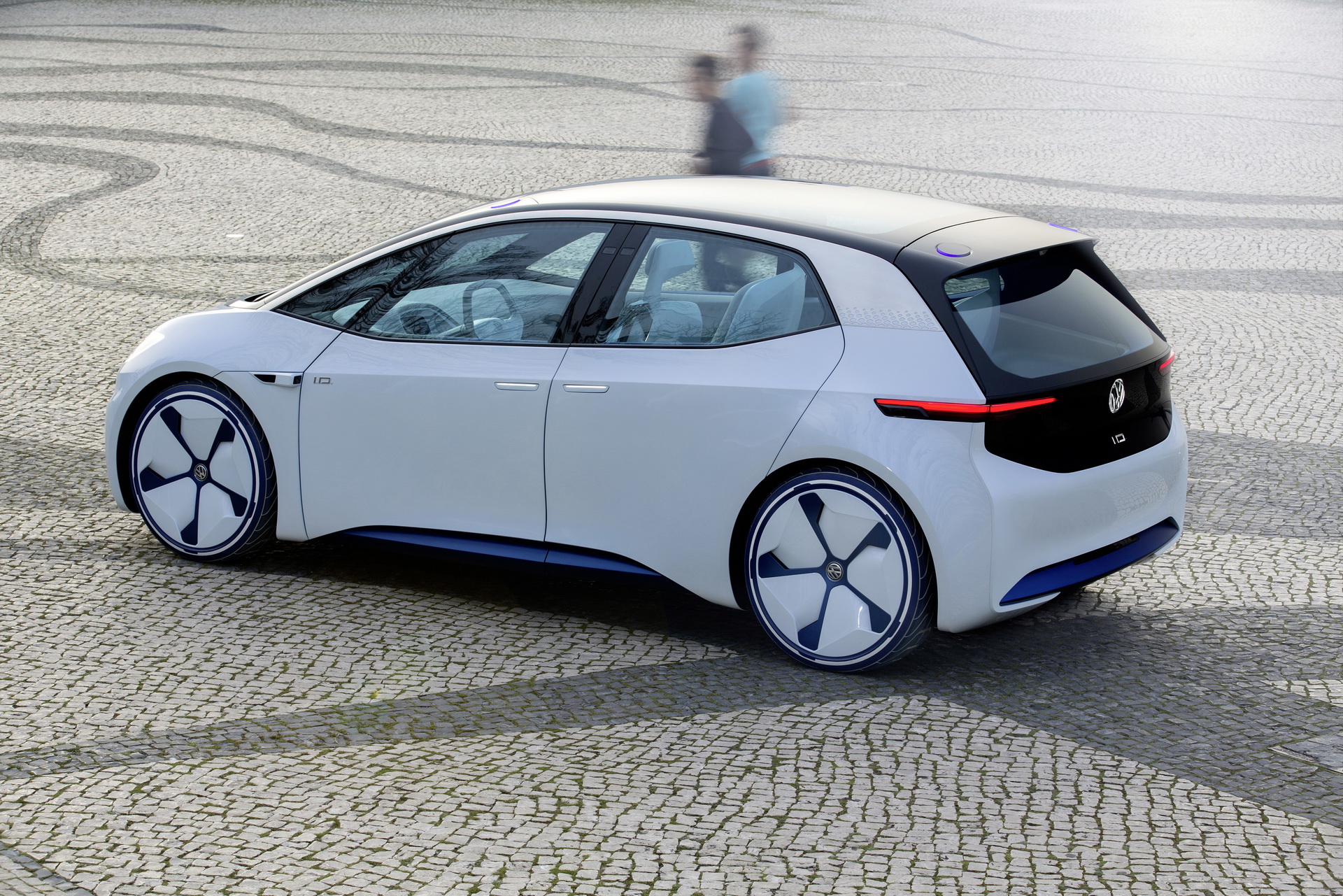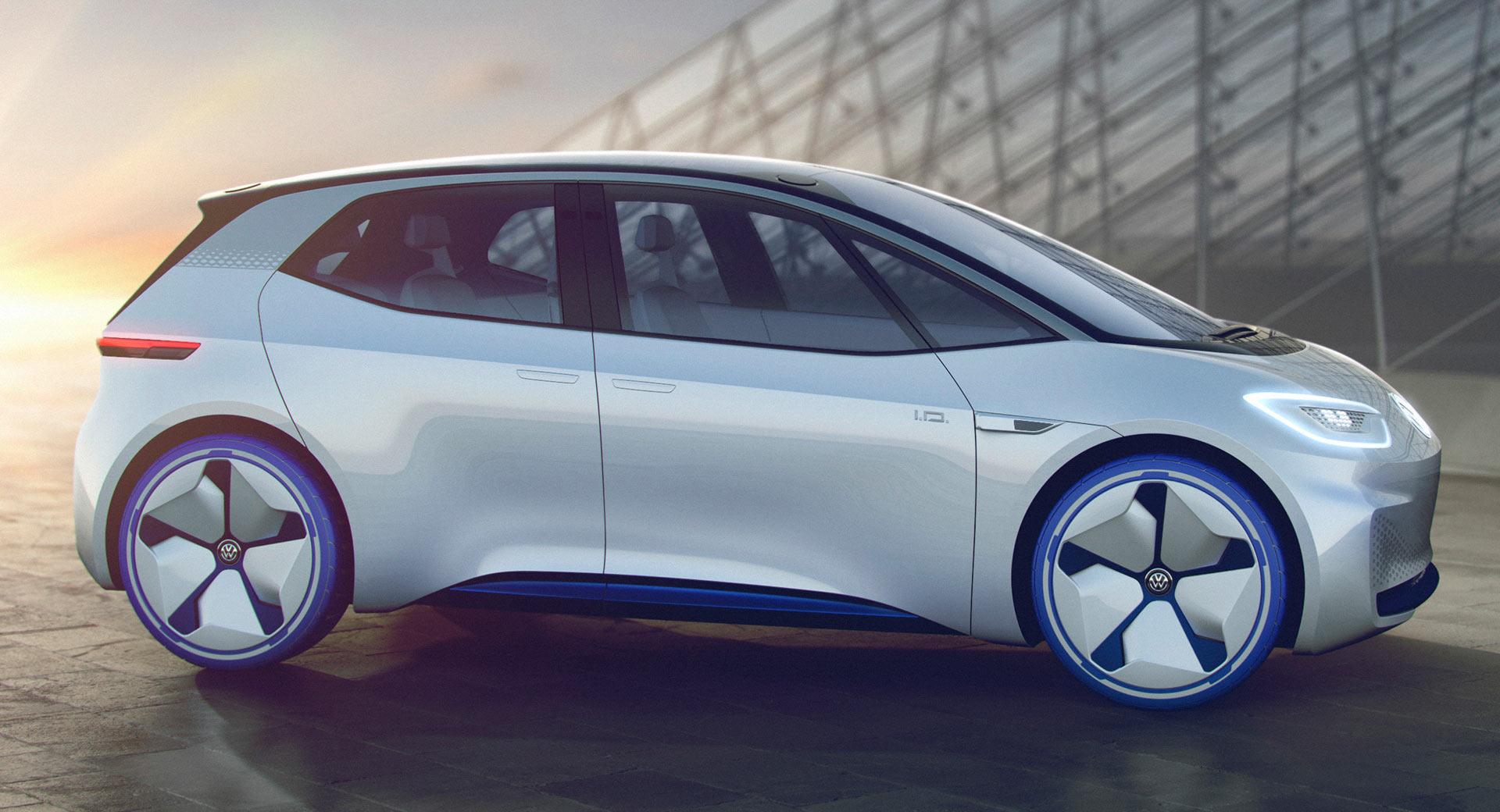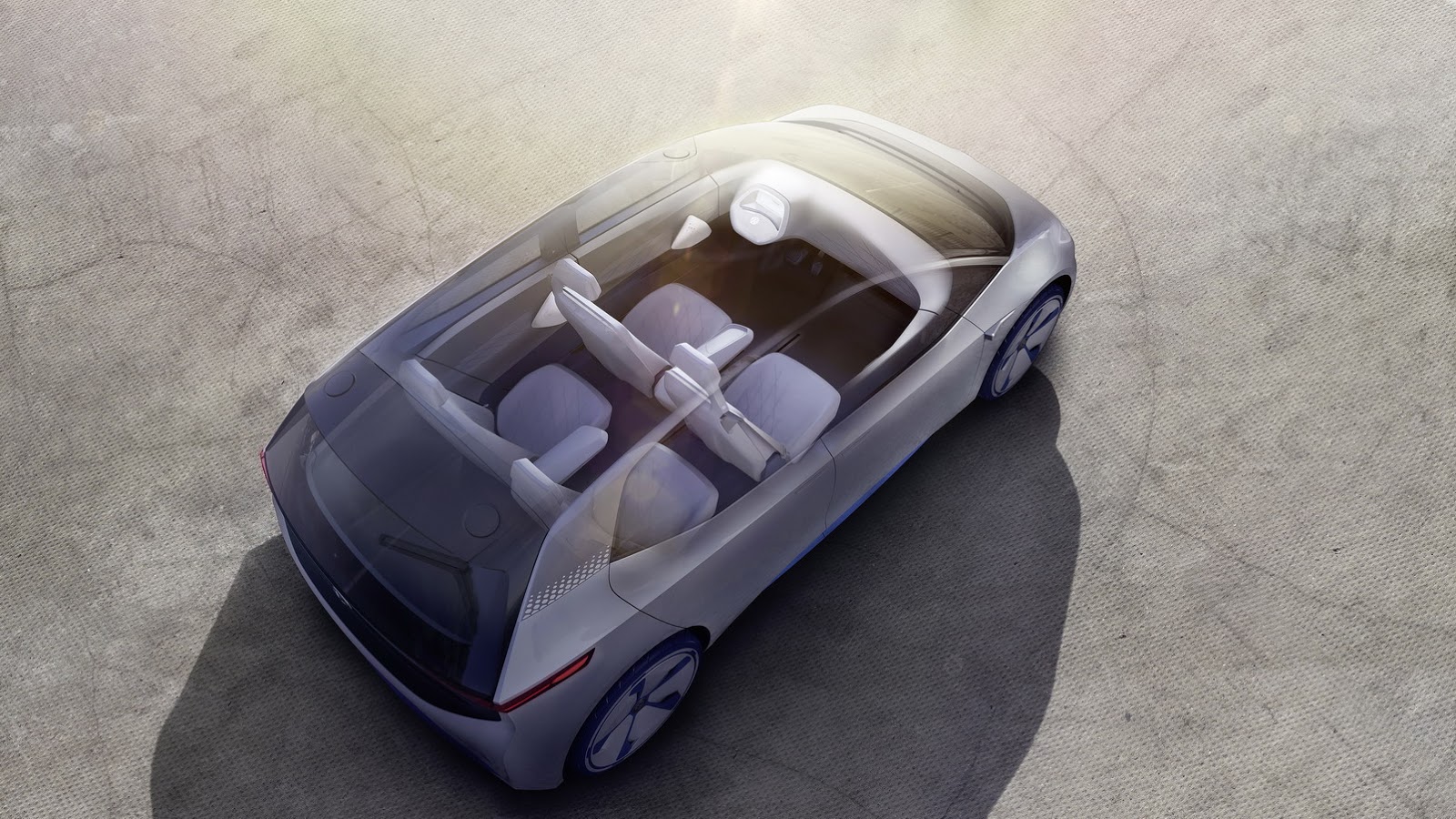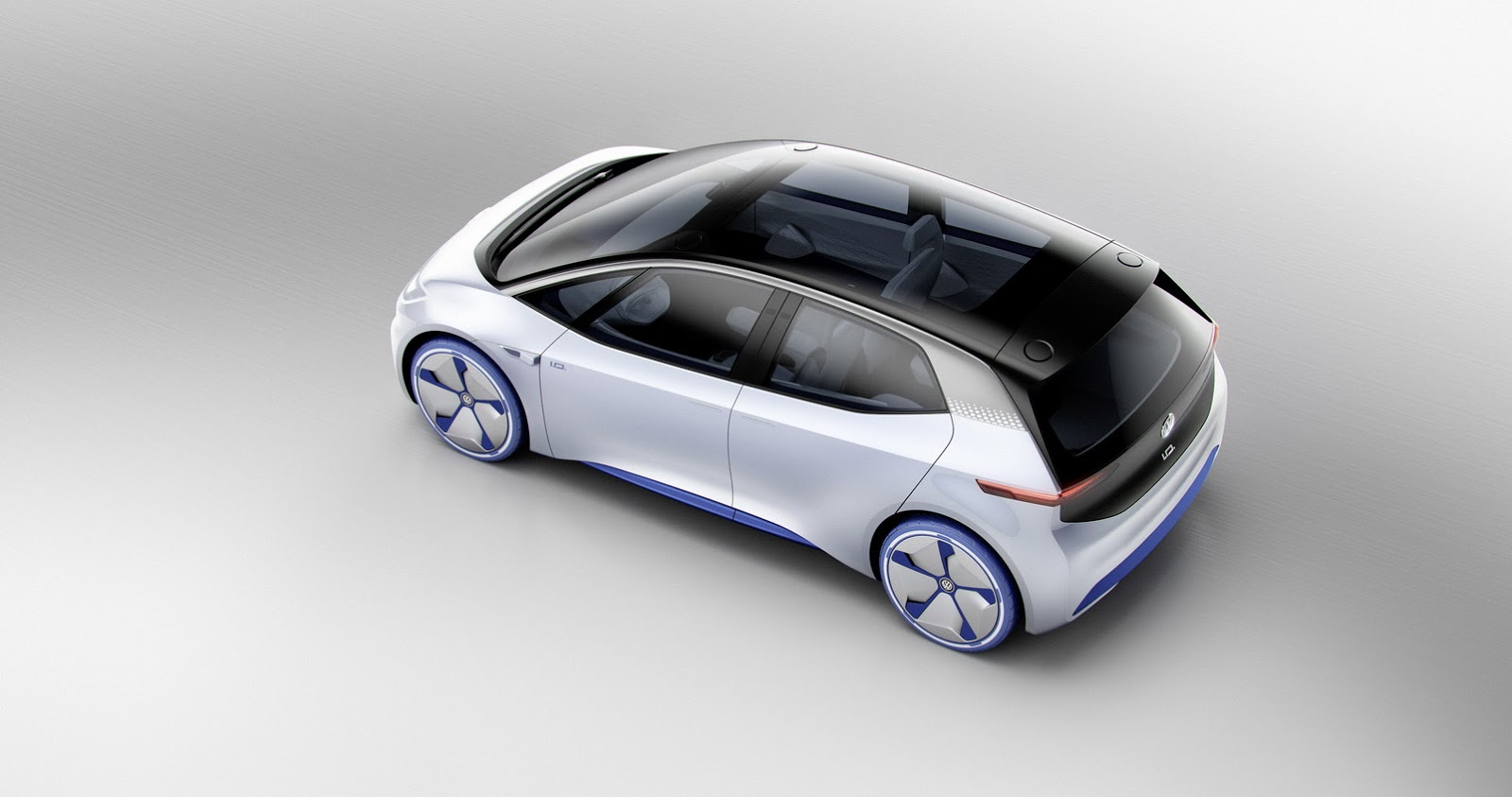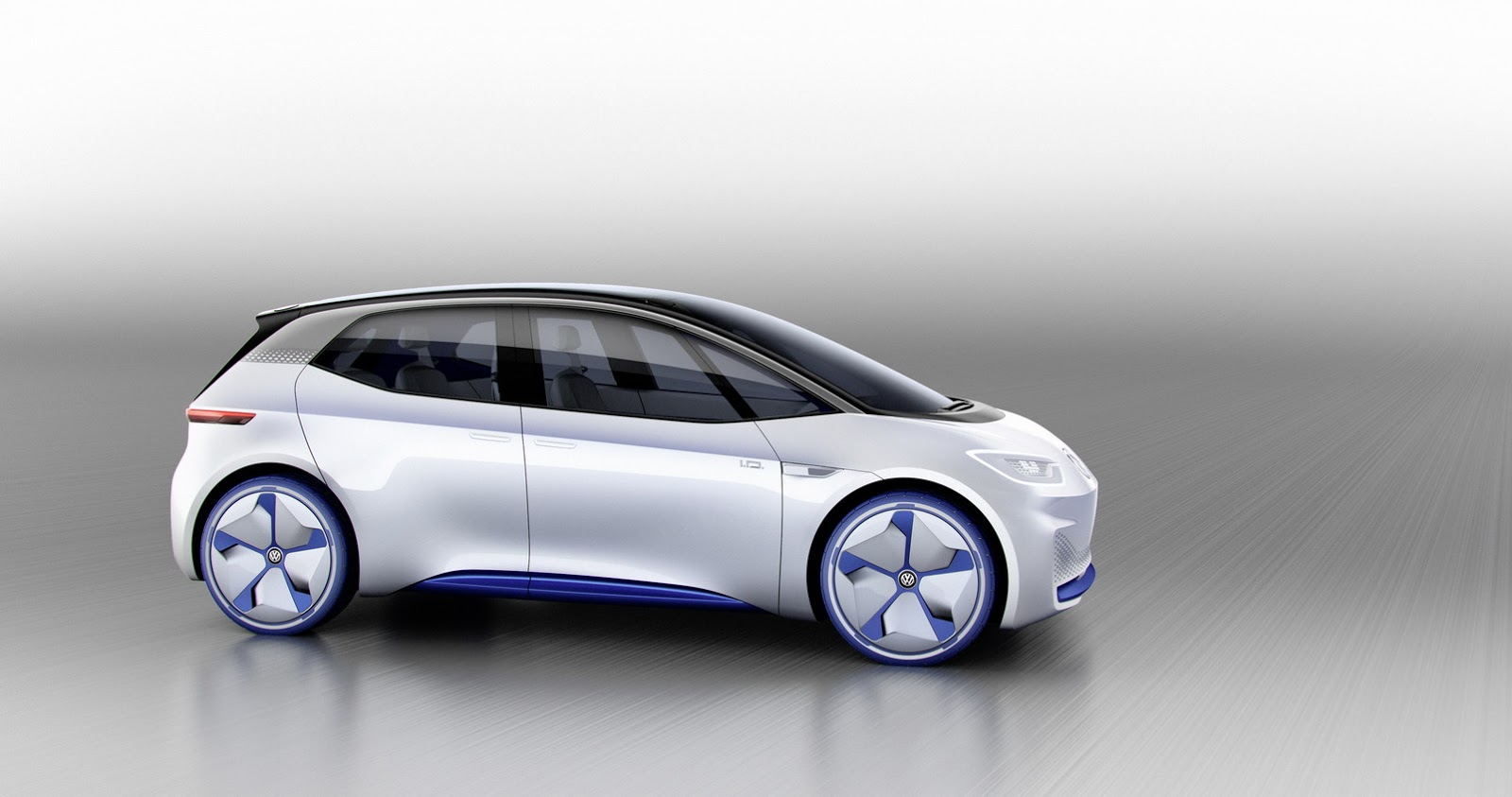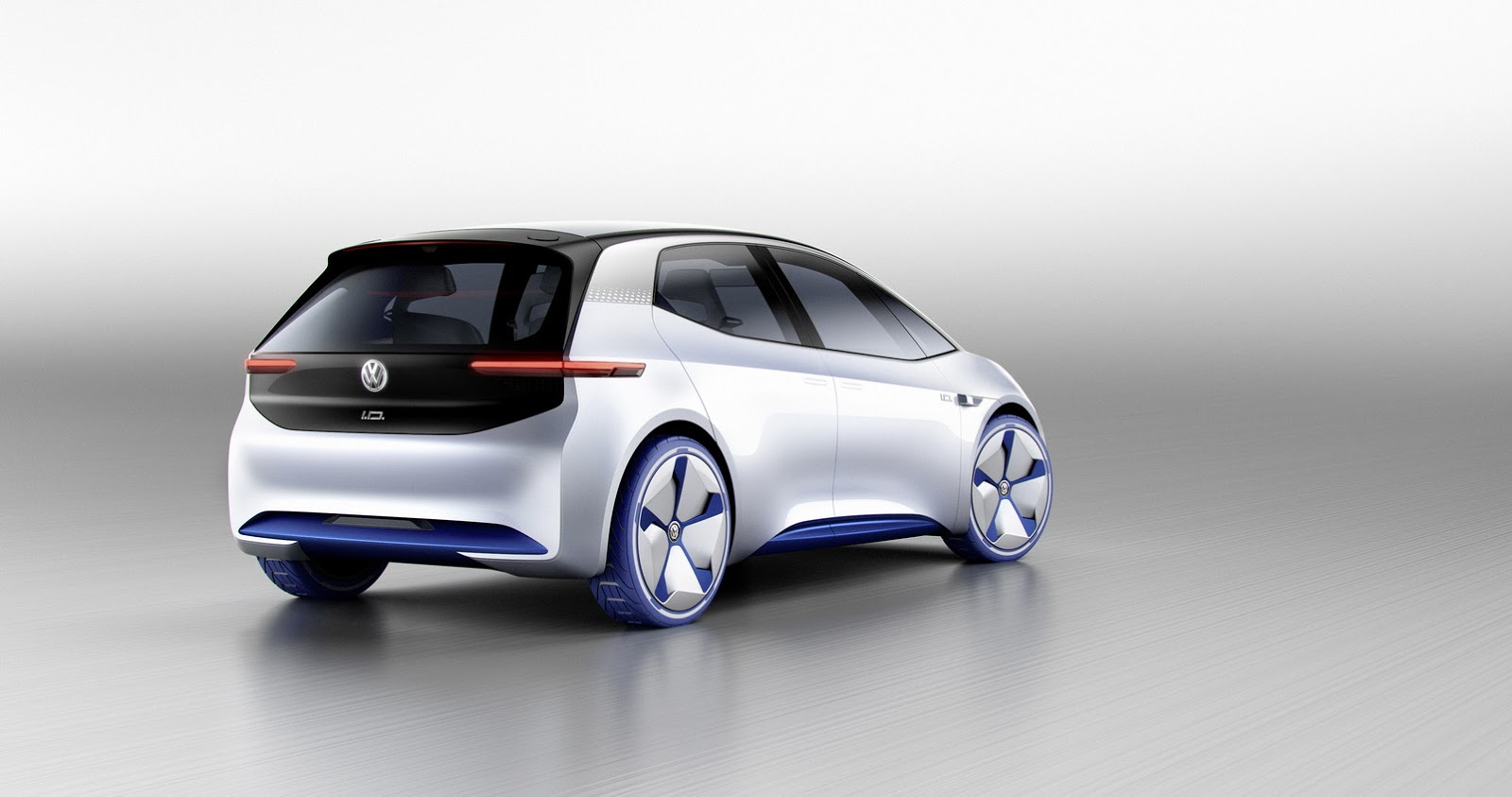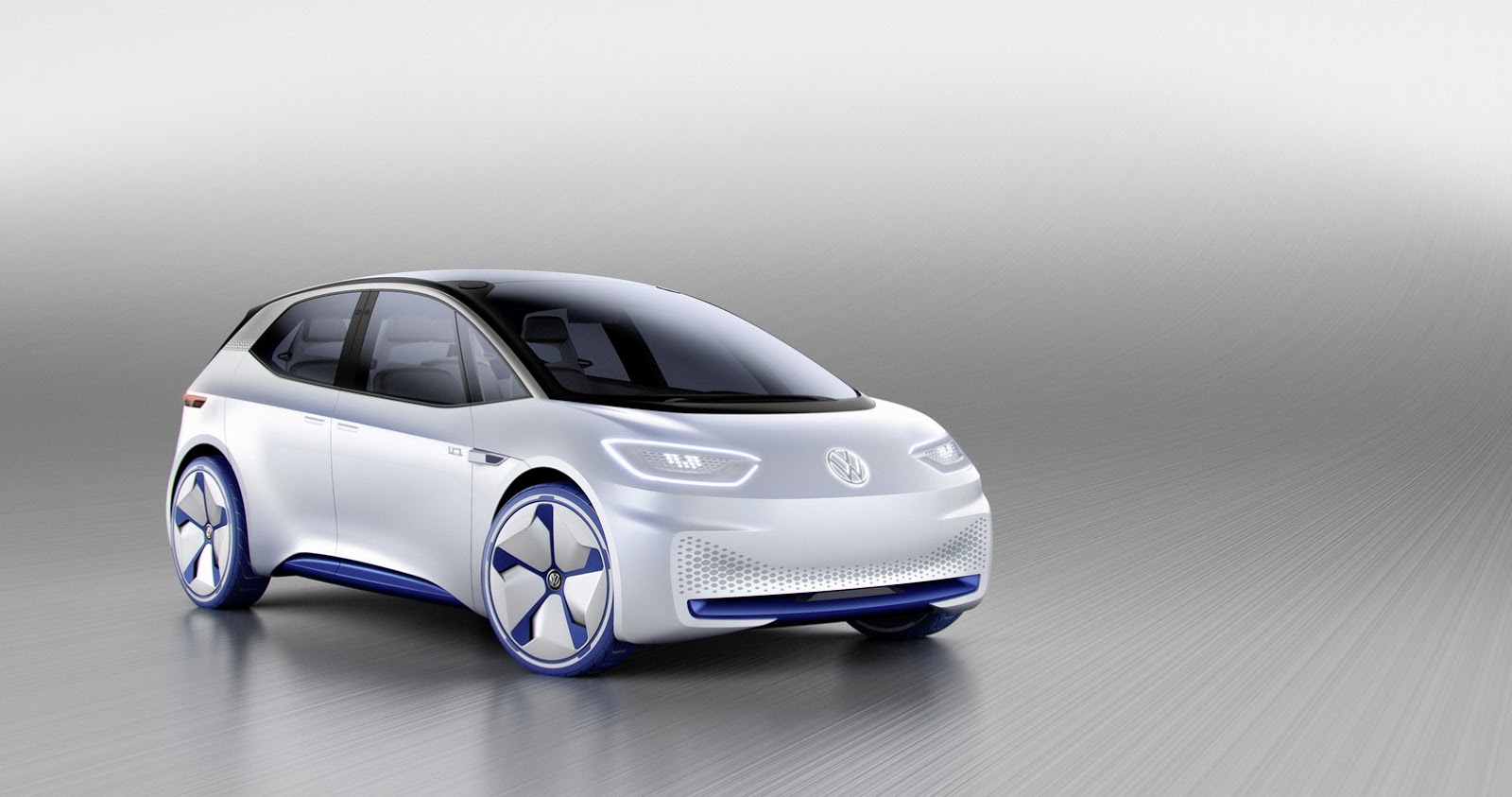We’ve been talking about the Volkswagen ID family for what feels like an eternity, but we’re finally getting a glimpse at an upcoming production model.
Previewed by the original ID concept, this prototype is a hatchback that is expected to be called the ID Neo. The model was snapped in South Africa by Twitter user Theo Calitz (@Theolitz) and first noticed by The Drive.
While the prototype is heavy camouflaged, we can see it will follow in the footsteps of the concept. Despite this, the hatchback has a rounder front bumper and a more traditional lower air intake. The headlights are also more conventional, but they retain the concept’s distinctive LED daytime running light ring.
The profile and greenhouse appear to be nearly identical to the concept, but the production model appears to have a slightly thicker rear pillar. We can also see familiar bodywork, but designers installed traditional side mirrors and door handles.
VW ID testing in South Africa. Electric mobility is happening … pic.twitter.com/3E0XZ5PX7y
— Theo Calitz (@Theolitz) December 13, 2018
Other notable changes include a larger rear spoiler and a more rakish rear window. The hatchback also has larger taillights and a curvier rear bumper.
As we have previously reported, the ID Neo will go into production late next year and be launched in 2020. It will become the first model to ride on Volkswagen’s new MEB architecture that will eventually underpin an assortment of other models including the production versions of the ID CROZZ, ID BUZZ and ID VIZZION concepts.
While many entry-level electric vehicles are front-wheel drive, Volkswagen has already confirmed most of the ID family will be rear- or all-wheel drive. The automaker has also revealed the ID family will use a modular battery pack that allows for ranges between 200 miles (321 km) and 340+ miles (547 km) according to the Worldwide Harmonized Light Vehicles Test Procedure.
Volkswagen has been coy on performance specifications, but the original ID concept had a 168 hp (125 kW / 170 PS) electric motor which enabled the car to accelerate from 0-62 mph (0-100 km/h) in less than eight seconds. Volkswagen has previously said the production model could have more or less power, so we’ll just have to wait to find out.




